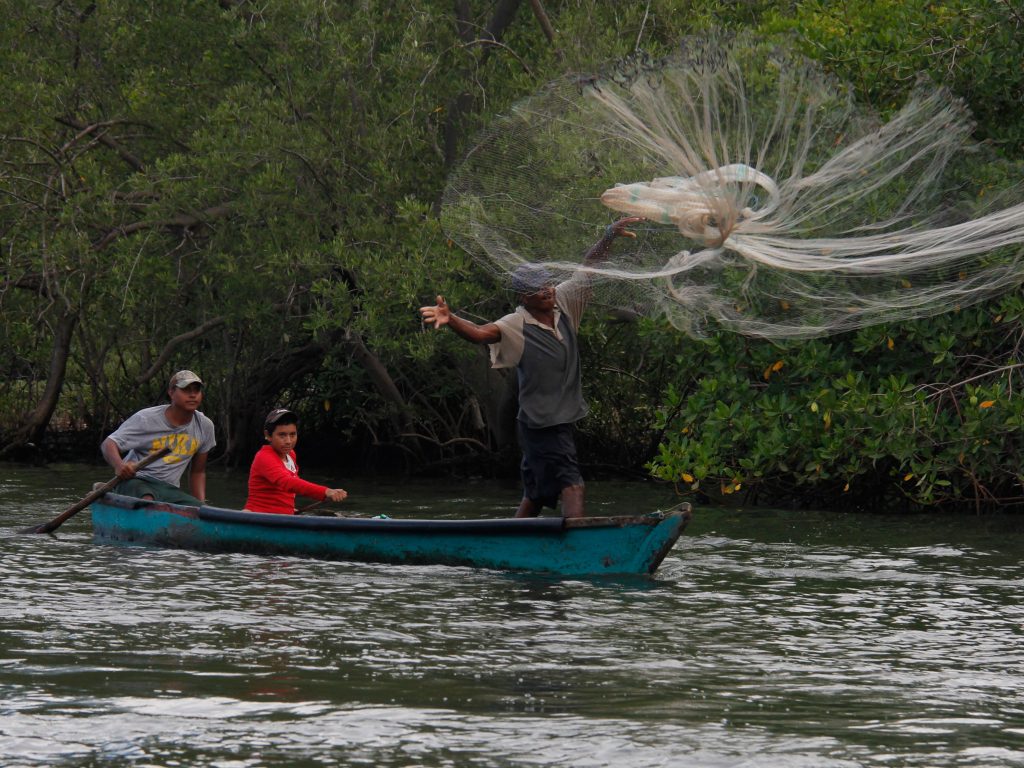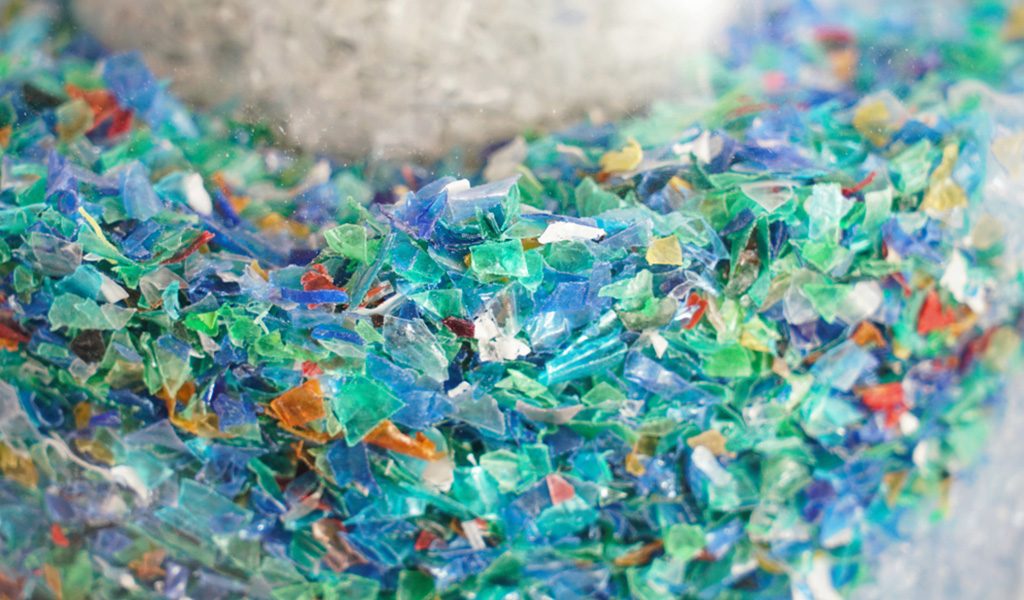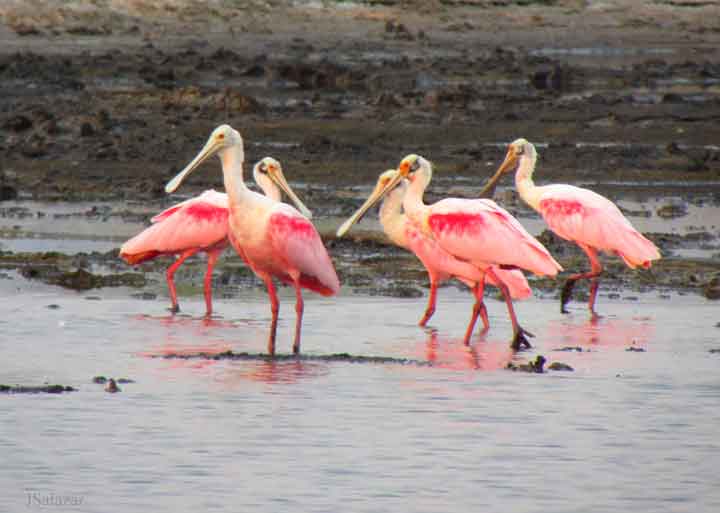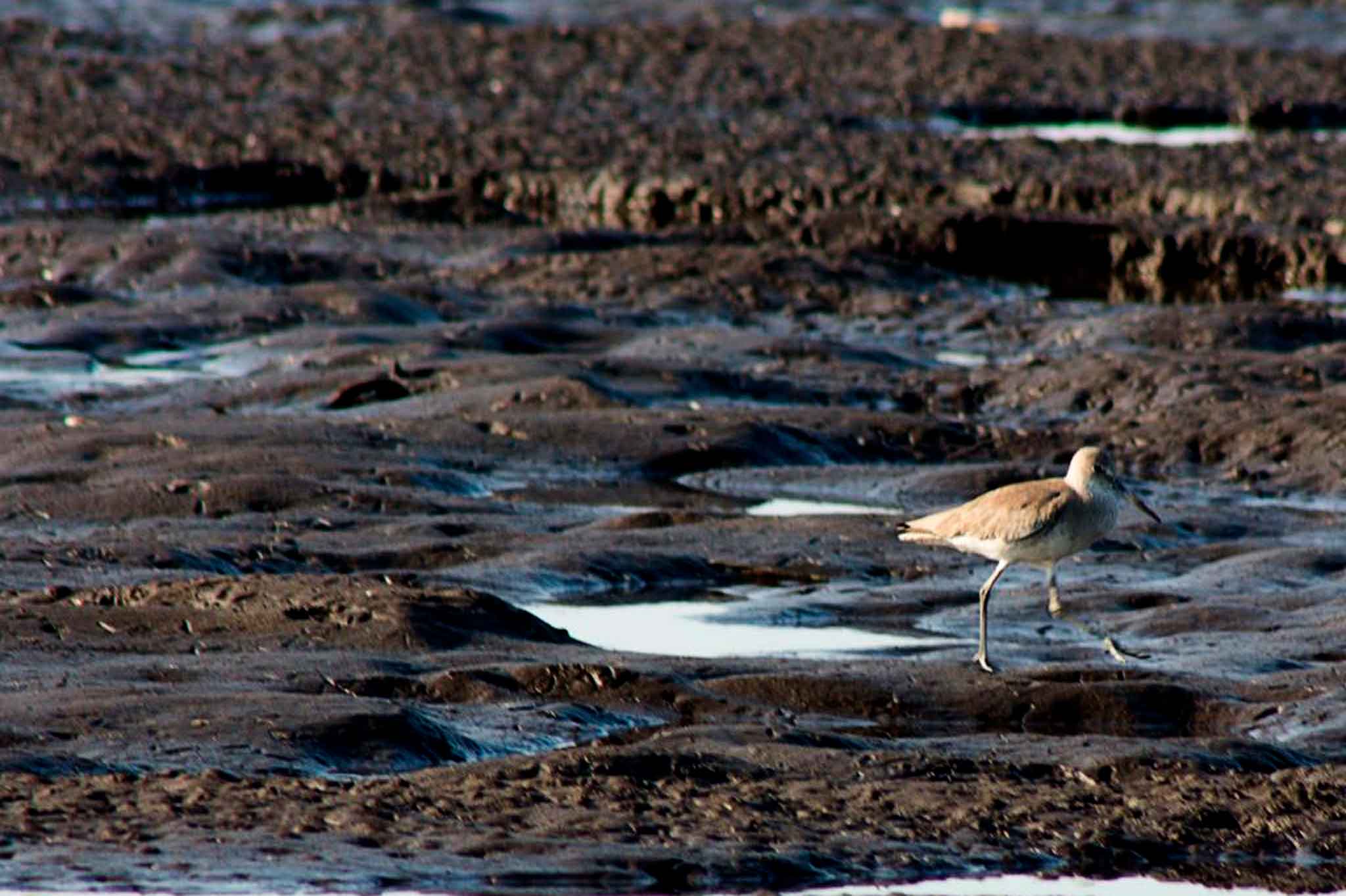60% of seabirds have traces of plastic in their organisms
In time of coronaviruses, technological wars and water shortages, among other calamities that hit modern humanity, the poor management of plastic waste could be one of the worst one yet. Of the 300 million tons of plastic waste that the world produces annually, some 8 million end up in the oceans, directly impacting marine life.
Because of this, in the planet’s oceans there are already a series of garbage islands, whose movement are unpredictable, due to the tides and the winds that push them. About 30 miles off the coast of Roatan, Honduras, one of these infamous islands moves, which has contributed to the poor health of the Caribbean Sea and the life that moves in it.
The main reason is the poor management of solid and organic waste, especially in developing countries. For example, according to data from the Dutch non-governmental organization, The Ocean Cleanup, Central America has 25 of the most polluting rivers on the planet. All these sediments contribute, among other things to the increase in macro algae populations, which reduce oxygen in the seas and decrease populations.
Ecosystem´s deterioration

75% of the populations around the mangrove live from artisanal fishing. Photo: Jorge Rodriguez/Viatori
A study published on 2015 in Science Direct, concluded that 690 marine species have micro-plastics in their organisms. Of all these species, at least 17% are included in red list of endangered species of the International Union for Conservation of Nature (IUCN). Another relevant and alarming fact is that up to 60% of seabirds, which are mostly migratory, have shown rests of micro-plastic remains in their organisms. Also in 2015, the Australian Scientific Research Agency (CSIRO) published that 90% of seabirds alive today, have ingested plastic in one way or another.
The research took into account data obtained since the 1960’s, a time when only 5% of individuals showed traces of plastic on their stomachs. Just 50 years later, that number rose to 80% by 2010. At that rate, scientist estimate that by 2050, 99% of all seabirds will have plastic in them.
In the stomachs of the birds, researchers have found plastic bags, bottle caps and plastic clothing fibers, among others plastic waste. They mistake these plastic debris for food, due to their bright colors, causing indigestion, weight loss and even death. “In some cases, we have found as many as 200 pieces of plastic in a single individual,” said Dr. Denise Hardesty, one of those involved in the study.
For migratory birds, this situation puts them in serious danger, since having plastics inside their bodies may not survive the journeys they make year after year. “If they don´t accumulate enough fat for migration, they may not survive,” said Varinia Sagastume, a biologist and shorebird researcher in the Guatemalan Pacific.
Chemical danger

A topic that not many people talk about is the way plastic products are created, and the impact that this has on biological life. These are made up of polymers derived from petroleum, in addition to other compounds of chemical origin, like ike plasticizers, stabilizers, retardants, sunscreens and antibacterial, which can constitute up to more than 50% of the plastic.
“We have seen many environmental problems in shorebird habitats. [In Guatemala] there are very few protected beach areas and it is important that more people understand the importance of these habitats, not only for biodiversity, but also for local populations that depend on fishing and other coastal resources,” Sagastume added.
But marine and coastal birds are not the only species that are contaminated with plastic debri. Micro plastics are present throughout the marine food chain, including fish, crustaceans, and mollusks. All of these species are likely contaminated with some of the 3,000 chemicals associated with plastics, of which 60 are considered to be of high risk to health, and it is likely that some of them are already present many people’s organisms.
“When we eat fish, we are incorporating into our body all the pollutants that it has accumulated throughout its life,” said Ethel Eljarrat, chief scientist at the Department of Environmental Chemistry, Institute of Environmental Diagnosis and Studies (IDAEA – CSIC). Also added that “it is important to remark that the problem does not come from plastic that the animal has in its gastrointestinal tract, as this part is not edible. The problem comes from the plastic’s chemical additives, which accumulate in fatty tissues, such as muscle, which is the part that is edible.”
Possible solutions

Seabirds and shorebirds conservation, can give sustainable developpment opportunities for the Central American countries. Photo: Julia Salazar
Due to the current consumption rate in the world, the problem is difficult to solve, but it is not impossible. “Improving solid waste management can reduce the risks plastic poses to marine wildlife”, said Hardesty. “Even simple measures such as reducing unnecessary packaging, banning single-use plastic and recycling,” are measures that can have a positive impact on the animals and their ecosystems.
Sagastume suggests that one way to improve the situation, is for countries to see coastal areas for their high potential for tourism and other sustainable activities. “It is important to start promoting and expanding our marine protected areas. Tourism is essential for our communities and the degradation of ecosystems affects them too,” she concluded.
With information from The Conservation
